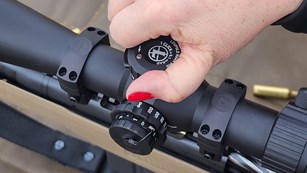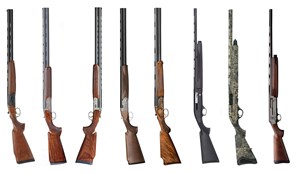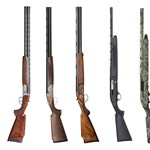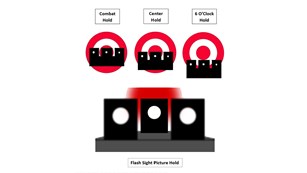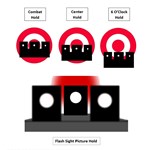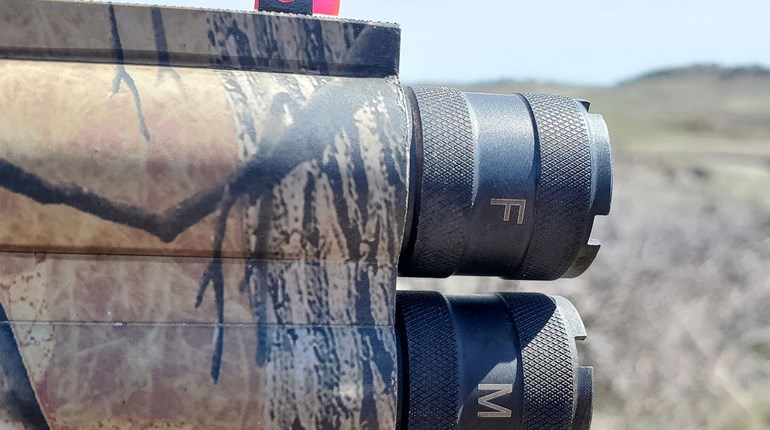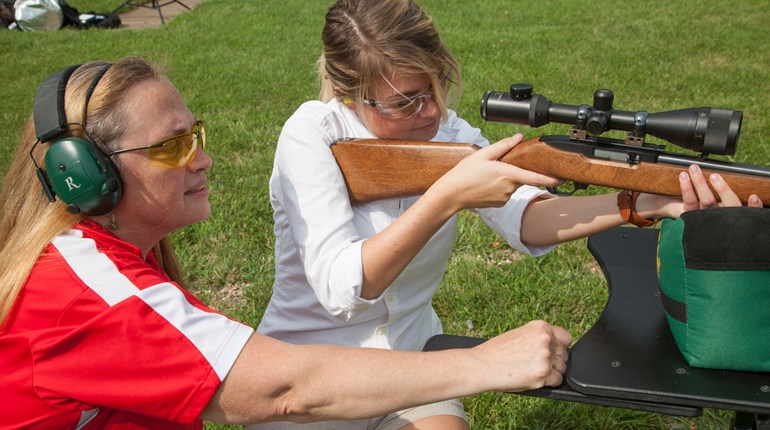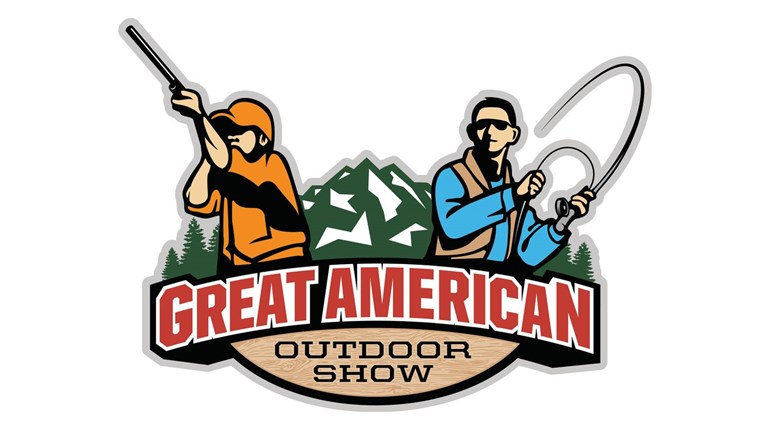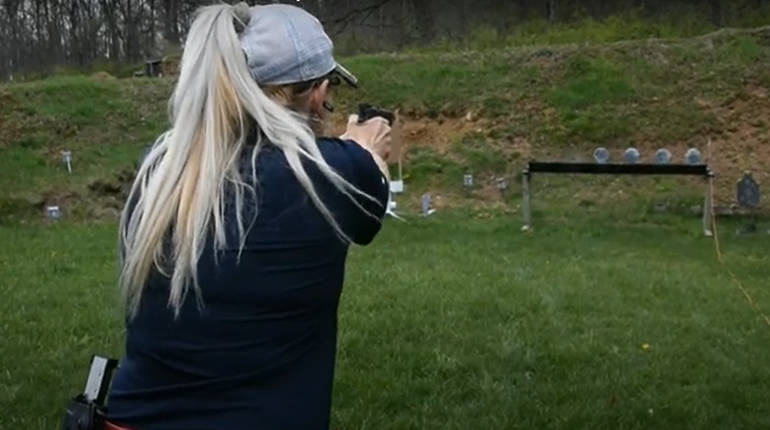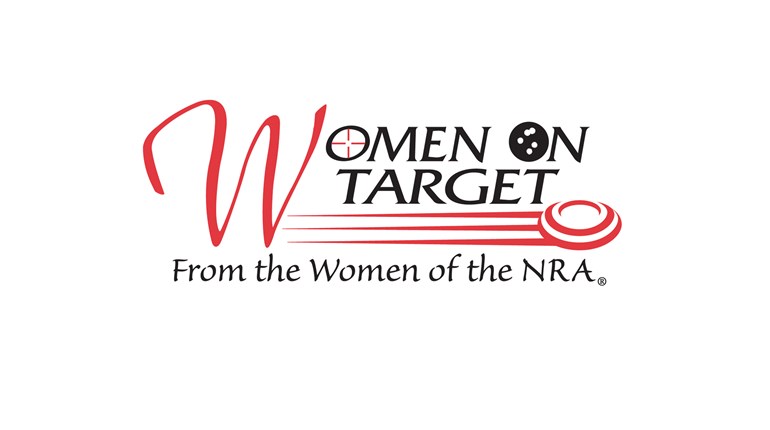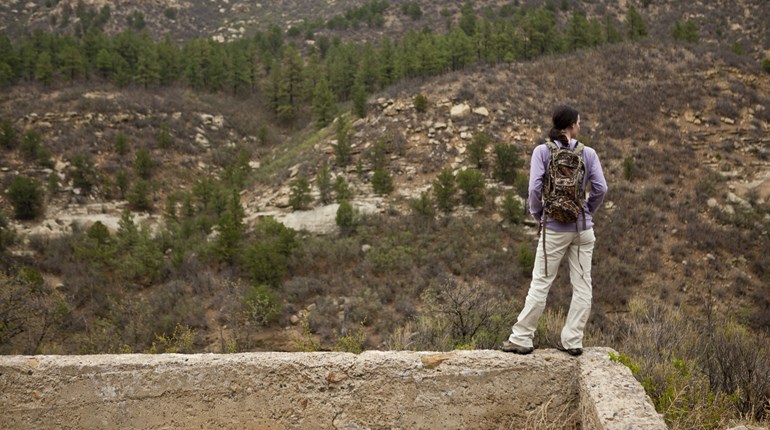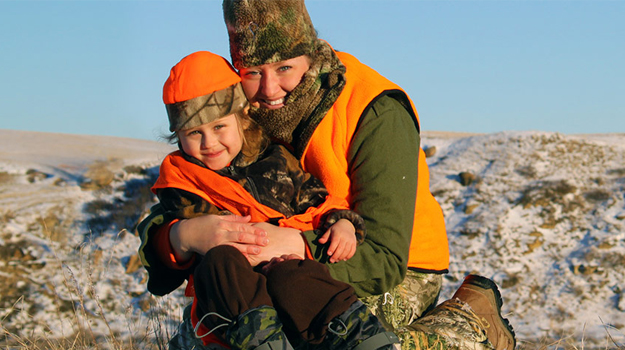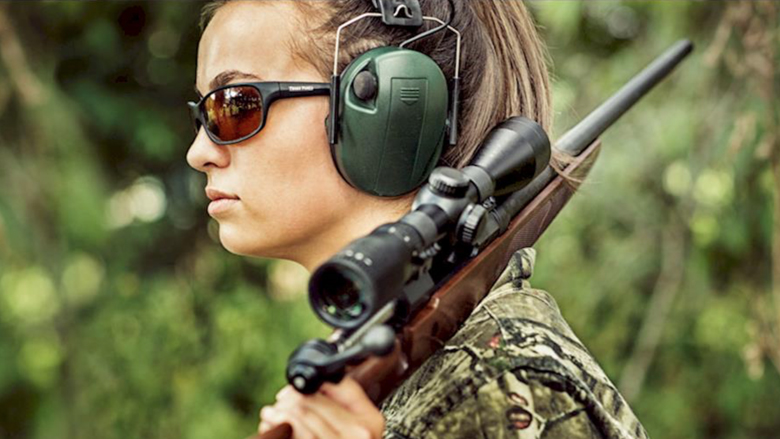
As you probably know, a shotgun shell (unless you’re shooting slugs) contains a bunch of little metal balls, simply called “shot.” They come in different sizes for different uses, and they also can be made of different kinds of metal, the most common being lead, steel, bismuth, tungsten, Hevi-Shot (a proprietary mixture of tungsten, iron and nickel). Which type is right for you?
Lead
Lead is still by far the most commonly loaded material. It’s dense, which means it retains energy and penetrates well. It’s pretty soft as far as metals go, which means it is gentler on barrels than some other metals. And it’s cheap, at least relatively speaking.
For these reasons, lead is still considered superior for many purposes, particularly for clay target shooting. But due to environmental concerns, lead shot was banned for waterfowl hunting nationwide in 1991. Since then, some states or regions have banned it for upland birds and other uses as well, so if you’re going to hunt pheasants or shoot clays, make sure you know what’s legal in your area or on the preserve, club or land you’ll be on.
Since lead isn’t an option for some hunters, a number of non-toxic alternatives sprang up, and steel was the first.
Steel
Steel shot is less dense than lead; in fact, it weighs about a third less. That automatically means it will not hit targets with as much energy. Think about throwing a golf ball vs a ping-pong ball—the ping-pong ball is less dense, and even if thrown at the same initial speed, it won’t fly as far or strike its target with as much force.
Steel is also harder than lead, which makes it unsuitable for some antique barrels and increases the chances of ricochets, which is why some trap and sporting clays clubs forbid its use (it’s hard on trees, traps and other club materials that take incidental shot).
The upside of steel’s hardness is that it spreads less and produces a tighter shot pattern than lead. Of course, you can manipulate the pattern spread with your choke tubes, but with modern wads and other shell advancements, steel has become a very effective alternative to lead. It’s the most common and the least expensive of the non-toxic shot materials.
Tungsten
Tungsten is often combined with polymer or iron to produce a material that performed about as close to lead as you could get in a non-toxic formula for a while (more on that in the TSS section). It’s usually safe for older guns (check with a gunsmith if you’re uncertain), it patterns well within normal hunting ranges, and it can be pushed to relatively high muzzle velocities. However, tungsten is a rare earth mineral and much of it is mined in China, which makes it considerably more expensive than steel or bismuth.
Bismuth
Bismuth, or usually a bismuth-tin alloy, is closer to lead than steel is when it comes to density and weight, though not as close as tungsten. This makes it pretty good at penetration and energy retention, and it’s softer than steel, which means it’s easier on barrels. It’s more expensive than steel, however, and more likely to fragment or deform than steel. If you really love your lead shot and want to replicate it as close as you can but you can’t afford tungsten, or if you shoot an antique gun that can’t handle steel shot, bismuth might be for you.
Hevi-Shot
Hevi-Shot, a brand owned by the parent company of Federal Premium and Remington Ammunition, has its own blend of tungsten, nickel and iron that’s heavier than lead but hard like steel. That means you can get more pellets on target at a high downrange velocity, and it’s popular among waterfowlers for this reason. Of course, it’s quite expensive.
Since its inception, Hevi-Shot has developed a number of product lines that utilize a different mix of materials in addition to its original shot.
TSS
Tungsten Super Shot, or TSS, is relatively new on the scene, popularized in factory ammunition by Federal in 2018. It’s a tungsten-alloy material that’s 22% more dense than regular tungsten, and 56% denser than lead. That means it offers longer-range terminal velocity, cleaner kills and the ability to use smaller shot sizes. In fact, you can safely go down two to four shot sizes, depending on the game you’re shooting, and retain equivalent results. Because the shot is so hard, it patterns well and retains its energy longer than other materials. More pellets that hit just as hard is an excellent combination.
TSS is really the undisputed king of shot materials, performing better than anything we’ve ever seen, including lead. However, it is also the most expensive—by far. TSS shells average about $8 to $10 apiece, but some are as high as $16 or more—that’s per shell, not per box! Turkey hunters, who fire only a few shells a year, are often willing to pay this price for increased range, velocity and penetration, and TSS has become very popular in turkey loads. Some ammo companies do factory-load TSS in shells designed for waterfowl hunting, at about $6 per shot. Not many waterfowlers will shoot it exclusively at those prices, high performance notwithstanding, but some choose to keep a box on hand for particularly long shots or stopping escaping cripples.






